Aluminum Die Casting Metals
LK Die Casting Machine / 2024-07-29 17:20:29
2024-07-29 By Cherry
Aluminum die casting is a common metal forming process that involves pouring molten aluminum alloy into a mold, rapidly cooling
and solidifying it into complex shaped parts.
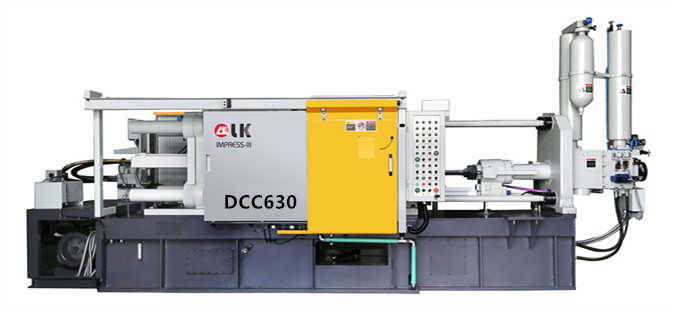
This process combines the flexibility of casting with the high efficiency of die casting and is widely used in industries such
as automotive, aerospace, electronics, and home appliances.
The difference between casting and die casting
Casting is an ancient metal processing process that forms by pouring molten metal into a mold and cooling it. This method is suitable
for a variety of metals and alloys, including iron, steel, aluminum, and copper. However, there are some limitations to the traditional
the casting processes, such as long production cycles, high cost, and low precision.
Die casting is a more modern metal forming process, especially suitable for mass production. By injecting molten metal into the mold
under high pressure, it can quickly form and obtain high-precision products.
Aluminum die casting combines the excellent properties of aluminum and the high efficiency of die casting and has become one of the
important processes in modern die cast press manufacturing.
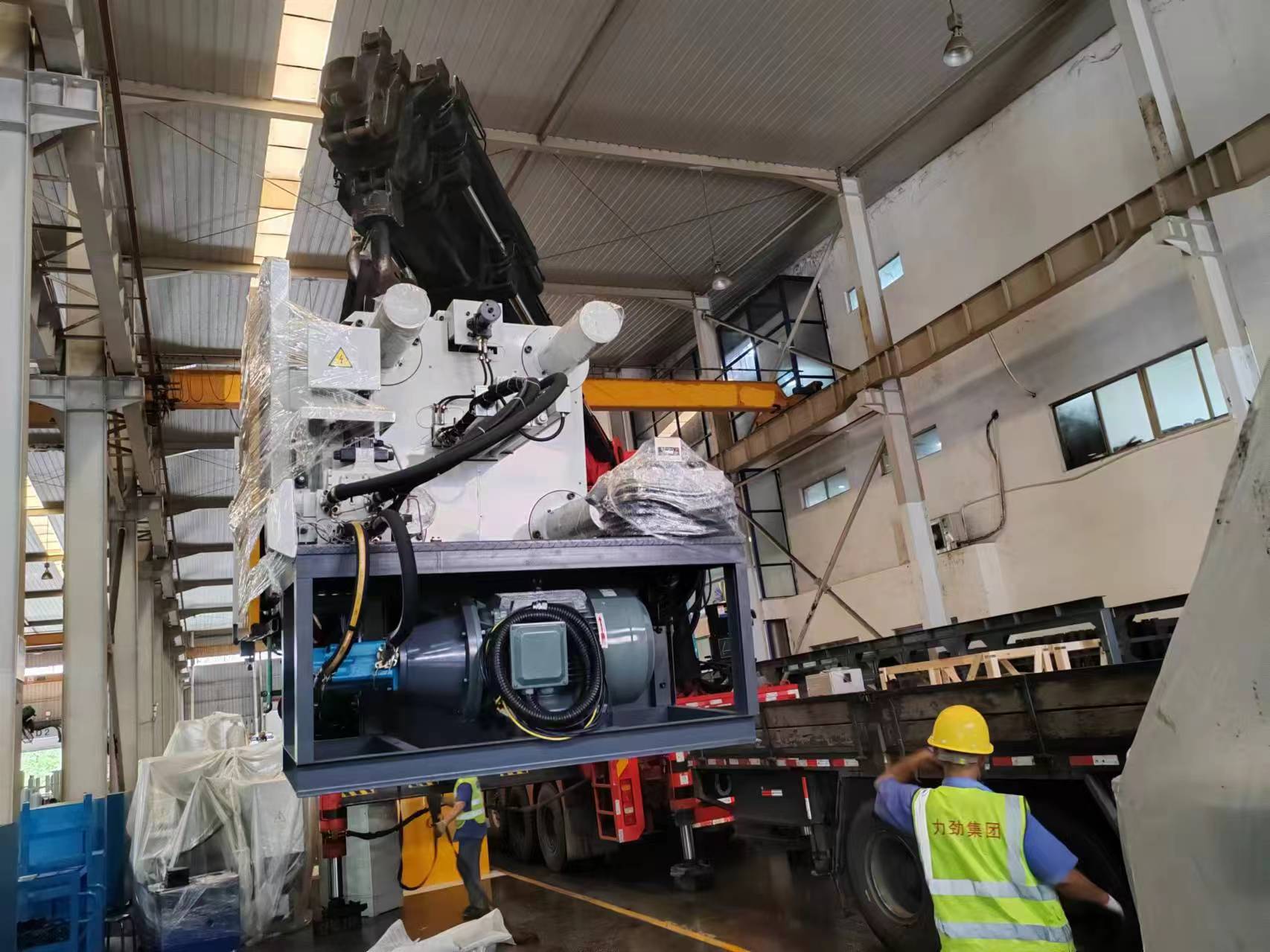
The process of aluminum die casting
The basic process flow of aluminum die casting includes four main steps: melting, injection, cooling, and demolding. The following
is a detailed introduction to each step:
1. Melting: The aluminum alloy is heated above the melting point to make it liquid. Commonly used aluminum alloys include A380, A360
and ADC12, which have good casting properties and mechanical properties.
2. Injection: The molten aluminum alloy is injected into the mold through a die casting machine. Under high pressure, the molten metal quickly
fills all the details of the mold to form a complex shape.
3. Cooling: The molten metal quickly cools and solidifies in the mold to form the required parts. The cooling rate has an important influence
on the quality and performance of the casting.
4. Demolding: When the casting is completely solidified, the mold is opened and the finished product is taken out.
The casting is then subjected to necessary post-processing, such as deburring, cleaning, and surface treatment.
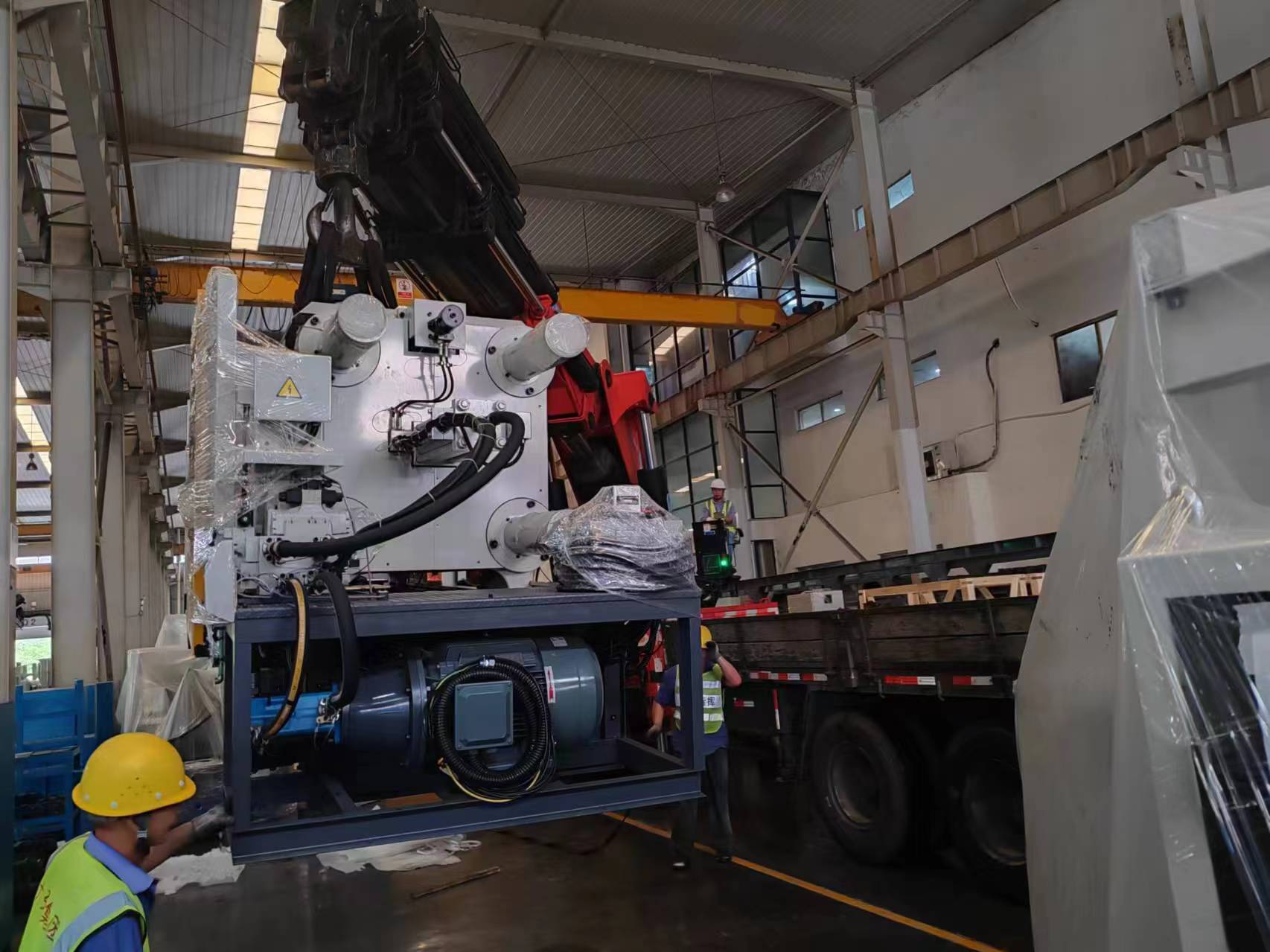
Wall casting and casting design guidelines
Wall casting refers to the part of the casting with a thin-walled structure, which is very common in aluminum die casting.
When designing thin-walled castings, the cooling and solidification characteristics during the casting process need to be
taken into account to ensure the strength and precision of the casting.
The Casting Design Guide provides basic principles and best practices for casting design, including material selection,
wall thickness design, mold design, and gating system design. These guidelines help engineers and designers optimize casting
design and improve production efficiency and product quality.
Zamak Pressing vs. Aluminum vs. Cast Aluminum
Zamak pressing is a process similar to aluminum die casting and is often used to manufacture small and complex parts.
Zamak pressing has low melting points, good fluidity, and high strength, which are suitable for detailed castings.
Aluminum vs. Cast Aluminum: Aluminum is a pure metal, while cast aluminum refers to aluminum alloys that contain other elements.
These alloying elements (such as silicon, copper, magnesium, etc.) give cast aluminum better mechanical properties and casting properties,
making it suitable for a variety of industrial applications.
Is Cast Aluminum Strong?
Is Cast Aluminum Strong: Cast aluminum has excellent strength and toughness, but its specific properties depend on the alloy composition and casting process.
By optimizing the alloy composition and casting parameters, cast aluminum parts with high strength and good durability can be produced.
K and H Metals, Z5 Tensioning and Die Casting Machine Manufacturing
K and H metals refer to different types of alloys used in the casting process. K metal usually refers to the key component in a metal alloy,
while H metal may represent different alloy categories or alloys for specific purposes.
Z5 tensioning is a special casting technology that makes the internal structure of the casting denser by applying external force during the
casting process, thereby improving its mechanical properties.
Die casting machine manufacturing: The die casting machine is the core equipment in the aluminum die casting process.
Modern die casting machines are characterized by high efficiency, precision, and a high degree of automation, which can meet the needs of
large-scale production.
Choosing the right die casting machine is crucial to ensuring the quality of castings and production efficiency.
Tang casting and tin-aluminum alloy
Tang casting may refer to a specific type of casting process or equipment. In aluminum die casting, choosing the right casting process and equipment
is the key to ensuring product quality.
Tin aluminum alloy is a special aluminum alloy that contains tin. The addition of tin can improve the fluidity and corrosion resistance of the alloy,
making it suitable for certain specific industrial applications.
Aluminum alloy and casting chamber
Aluminum alloy refers to an alloy formed by adding other elements (such as silicon, copper, magnesium, etc.) to aluminum. These alloys have excellent
mechanical properties and casting properties and are widely used in automotive, aerospace, and electronics.
A casting chamber refers to a dedicated area where casting operations are performed.
The design and management of the casting room play an important role in ensuring the quality of castings and production efficiency.
During the aluminum die casting process, factors such as temperature, humidity, and ventilation in the casting room need to be strictly controlled.
Advantages of aluminum die casting
Aluminum die casting has many advantages that make it popular in modern manufacturing.
1. Efficient production: The die casting process can quickly produce large quantities of high-precision aluminum alloy parts, greatly improving
production efficiency.
2. Complex shapes: Die casting can produce parts with complex shapes and high dimensional accuracy, reducing subsequent processing steps and costs.
3. Excellent performance: Aluminum alloys have excellent mechanical properties and corrosion resistance, and are suitable for various industrial
applications.
4. High material utilization: The die casting process has a high material utilization rate, which reduces the waste of raw materials and reduces
production costs.
Application of aluminum die casting
Aluminum die casting is widely used in various industries, especially in the fields of automobiles, aerospace, electronics, and home appliances.
Here are some typical application examples:
1. Auto parts: Aluminum die casting is widely used in the manufacture of automobile engines, gearboxes, suspension systems, and body structural parts.
The lightweight characteristics of aluminum alloys help improve the fuel economy and performance of automobiles.
2. Aerospace: In the aerospace field, aluminum die casting is used to manufacture structural parts and components of aircraft and spacecraft.
The high strength and corrosion resistance of aluminum alloys makes it an ideal material choice.
3. Electronic products: Aluminum die casting is used to manufacture housings, radiators, and structural parts of electronic products.
Aluminum alloys have good thermal conductivity and electromagnetic shielding properties, which can meet the special needs of electronic products.
4. Home appliances: Aluminum die casting is also widely used in home appliance manufacturing, such as washing machines, refrigerators, air conditioners,
and microwave ovens.
The lightweight and corrosion resistance of aluminum alloys make it an ideal material for home appliance manufacturing.
Future development of aluminum die casting
With the continuous advancement of technology and the growth of market demand, aluminum die casting technology is also constantly developing
and innovating. In the future, aluminum die casting will develop in a more efficient, intelligent, and environmentally friendly direction.
Intelligent manufacturing: By introducing intelligent manufacturing technology, the automation and intelligence of the aluminum die casting
process can be realized, and production efficiency and product quality can be improved.
New material research and development: Continuously develop and apply new aluminum alloy materials to meet the special needs of different
industrial fields. For example, aluminum alloys with high strength, high-temperature resistance and excellent fatigue resistance will become
the focus of future development.
Environmental protection technology: In the process of aluminum die-casting, environmental protection technology, and equipment are used to
reduce energy consumption and environmental pollution and achieve sustainable development.
Combining 3D printing with aluminum die-casting: Combining 3D printing technology with aluminum die-casting process can produce more complex
and precise parts and expand the application field of aluminum die-casting.
For more info, you can refer to: https://www.youtube.com/shorts/JLX410QV_kw
Contact LK Egypt to learn more info about the die-casting machine
LK AGENT OFFICE DCM
Address: Industry Zone, South of Port Said Kebly, Egypt
https://www.zazdiecasting.com/
Phone/WhatsApp/Wechat: +86 13598704163
Mobile: +20 101 304 3317 +20 150 181 8310
Email: jack@zazmae.com ahmedmahmoud@zazmae.com
OTHER CONTENT
-
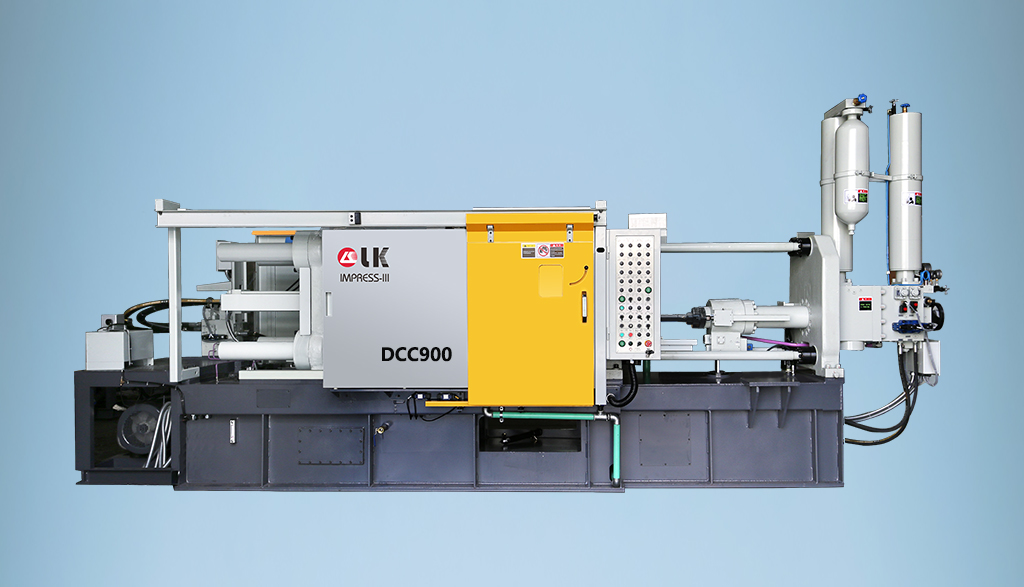
2024-09-19 14:16:15 LK Cold Chamber Die Casting Machine DCC900 Locking Force: 9000KN Die Height: 400-1000mm Space Between Tie Bars: 930x930mm Shot Weight: 13.5Kg Casting Area Max:2250c㎡
More -
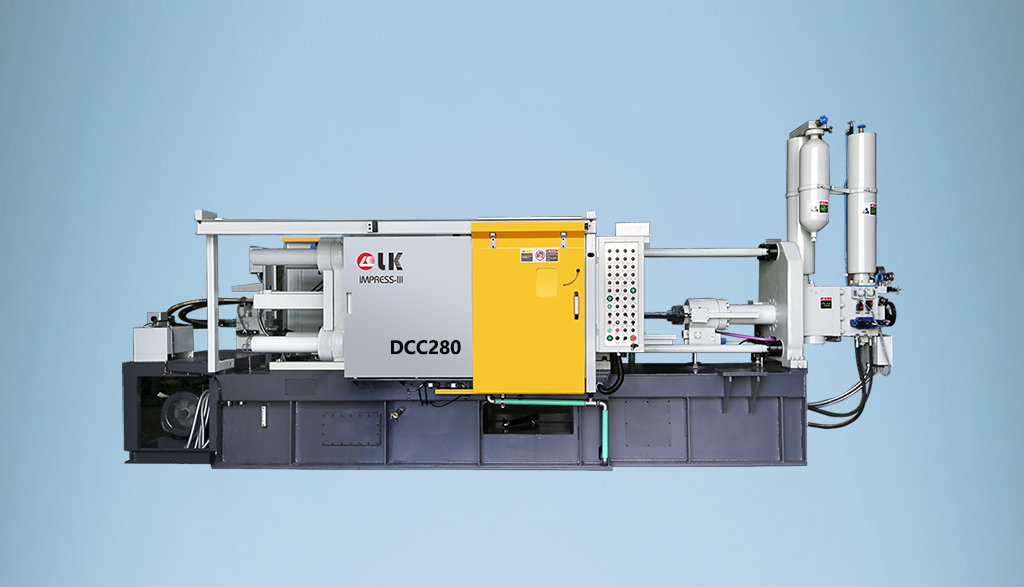
2024-09-19 14:11:06 LK Cold Chamber Die Casting Machine DCC280 Locking Force: 2800KN Die Height: 250-650mm Space Between Tie Bars: 560x560mm Shot Weight: 2.9Kg Casting Area Max:700c㎡
More -
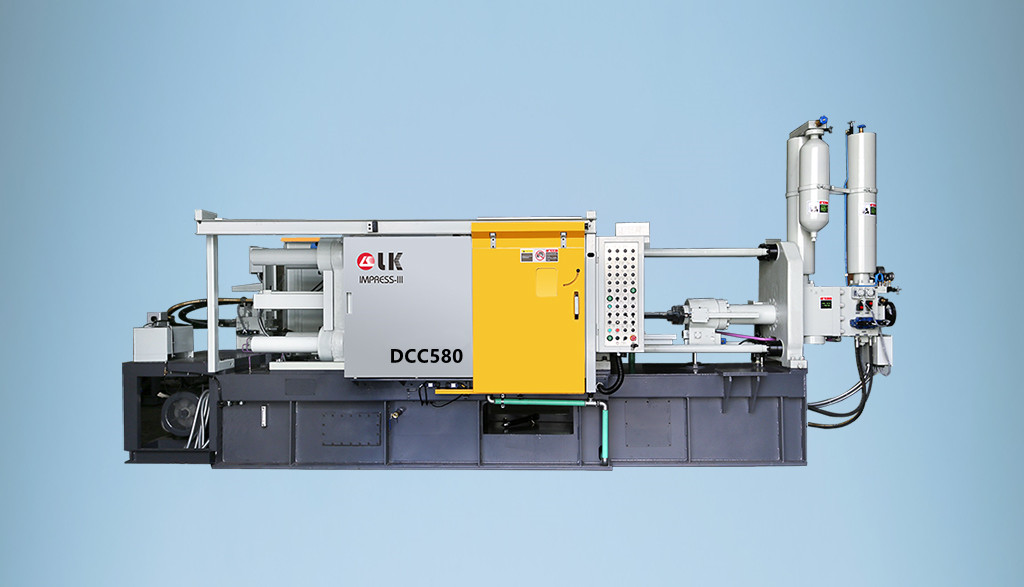
2024-09-19 10:23:07 LK Cold Chamber Die Casting Machine DCC580 Locking Force: 5000KN Die Heigh: 350-850mm Space Between Tie Bars: 760x760mm Shot Weight: 6.9Kg Casting Area Max:1250c㎡
More -
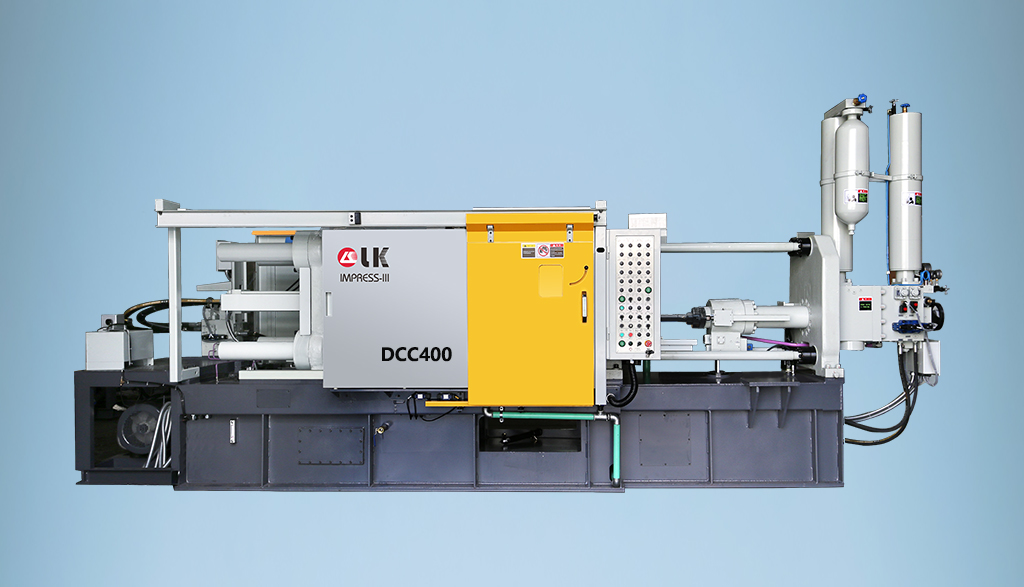
2024-09-19 10:11:20 LK Cold Chamber Die Casting Machine DCC400 Locking Force: 4000KN Die Height: 300-700mm Space Between Tie Bars: 669x669mm Shot Weight: 4.7Kg Casting Area Max:1000c㎡
More

